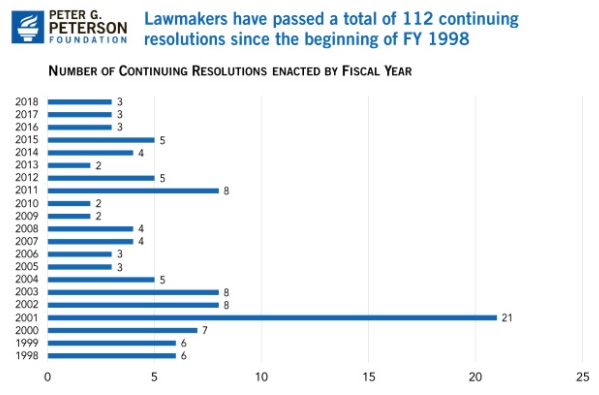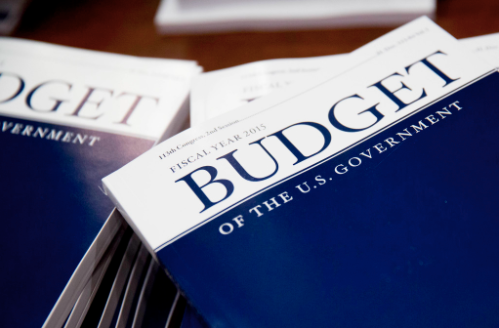The Congress hasn’t met its October 1 budget deadline for more than 20 years. Instead, they frequently resort to temporary spending bills called continuing resolutions (CRs). Tomorrow, the December 21 continuing resolution expires. And if there is no replacement, the government will shut down.
Continuing Resolution history:

Our Bottom Line: What is a Shutdown?
Just as you would expect, during a shutdown major parts of the government stop functioning. For the 2013 (16 day) shutdown 850,000 government employees were furloughed–close to 40% of the federal civilian workforce.
Who is Furloughed?
Officials used to base shutdown decisions on who was nonessential. However, during the 1995/1996 shutdown, furloughed government workers objected. So they instead called them excepted or non-excepted. In addition, a worker could be released, retained, or exempt.
In past shutdowns, non-excepted workers ranged from zoo employees to EPA inspectors. Because the Federal Reserve is self-funded, it continued to function. Air traffic control continued and the animals in the National Zoo were fed. But museums, zoos and National Parks were pretty much closed to visitors. And tax refunds were delayed. And because the Centers for Disease Control and Prevention lost a large proportion of their workforce, disease outbreaks had less oversight.
You can see why we need a new continuing resolution.
My sources and more: This Congressional Research Service report and Vox have pretty readable up-to-date shutdown basics. Then, for the more personal perspective, thisWashington Post series of columns was ideal. Finally, if you want to take the last step, econlife looked at the budget process while the Peterson Institute had a good article on continuing resolutions.
Also, this graphic might come in handy. I wonder why continuing resolutions were not added at the end:







